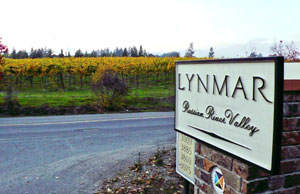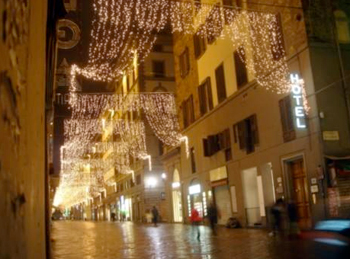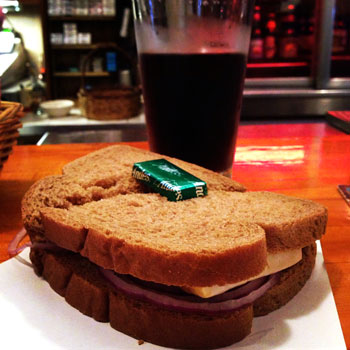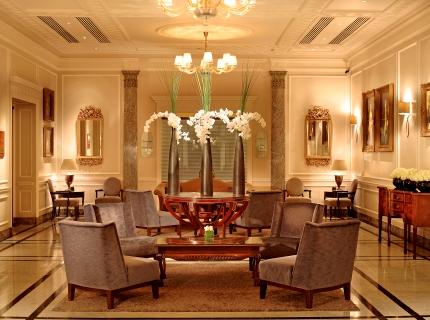
Glowing the color peachblow, I’ve just returned from subsidizing Sonoma’s Wine Country and have this to say of their grapes: “Fussy, yet serene, bossy yet submissive, a hint of herbaceous seepweed, a scent of doleful dégringolade”. At least that’s the kind of verbal dexterity I wished I had displayed during tastings at Lynmar, Martinelli, Siduri, and Kosta Browne wineries (don’t try to find the last one – it has no address and may not even exist).
Instead I mainly stuck to: “That’s a great chardonnay or – wow! – that’s a really good pinot noir (if you are looking for cabernet go crash your car in Napa). I knew that Sonoma was a fun palace for wine but what caught me unawares was the high level of food to be found.
After my girlfriend Betsy and I deplaned at Sonoma County Airport in Santa Rosa, we depacked at Kenwood Inn and Spa for a four night stay (think Twin Peaks meets Fawlty Towers) and headed straight away for delunch at “the girl & the fig” in Sonoma – a perfect bistro beginning to the trip (don’t miss the salt cod croquettes with white bean purée, caramelized onions, meyer lemon-herb salad). Stuffed roasted quail at Café LeHaye (also in Sonoma) would be a must have at another meal and you should be detained and questioned if you don’t order the charcuterie plate at Mosaic in Forestville.

 Walking at a brisk pace down the narrow roads of Florence, on my final night in the city before leaving for Rome, I found myself skipping the turn to my apartment, for something much more appetizing than a healthy amount of sleep – in fact something much more unhealthy—a croissant filled with chocolate.
Walking at a brisk pace down the narrow roads of Florence, on my final night in the city before leaving for Rome, I found myself skipping the turn to my apartment, for something much more appetizing than a healthy amount of sleep – in fact something much more unhealthy—a croissant filled with chocolate. Have you ever tasted Limburger cheese? So you think you're eating a pair of regular socks. Then you realize you're eating your brother's socks.
Have you ever tasted Limburger cheese? So you think you're eating a pair of regular socks. Then you realize you're eating your brother's socks.  What do you look for when booking a hotel in one of the most tourist attractions of the world, namely London. Perhaps it is good service, perhaps the ambiance, perhaps the restaurant and bars, perhaps the location, and for lovers of comfort, the bedrooms and their amenities. Whatever it is would it not be quite wonderful to find all of these things in one place!
What do you look for when booking a hotel in one of the most tourist attractions of the world, namely London. Perhaps it is good service, perhaps the ambiance, perhaps the restaurant and bars, perhaps the location, and for lovers of comfort, the bedrooms and their amenities. Whatever it is would it not be quite wonderful to find all of these things in one place! Google Maps will tell you that "we could not understand" the location of Las Aradas, Honduras. Weather.com advises to check your spelling. My trip coordinator suggested looking up the "nearest town over" which was a two and half hour drive away. Packing for a trip like this was a bit of a moving target. Las Aradas is a mountain village, six hours out of San Pedro Sula. For those of you who haven't been browsing the State Department's travel warnings lately--Honduras is not a stable country. The PeaceCorps pulled their volunteers out last year.
Google Maps will tell you that "we could not understand" the location of Las Aradas, Honduras. Weather.com advises to check your spelling. My trip coordinator suggested looking up the "nearest town over" which was a two and half hour drive away. Packing for a trip like this was a bit of a moving target. Las Aradas is a mountain village, six hours out of San Pedro Sula. For those of you who haven't been browsing the State Department's travel warnings lately--Honduras is not a stable country. The PeaceCorps pulled their volunteers out last year.
